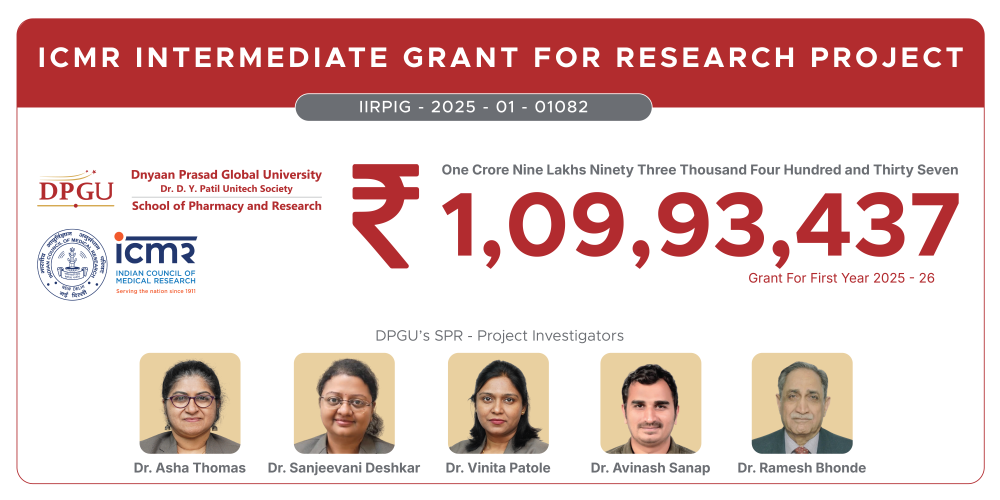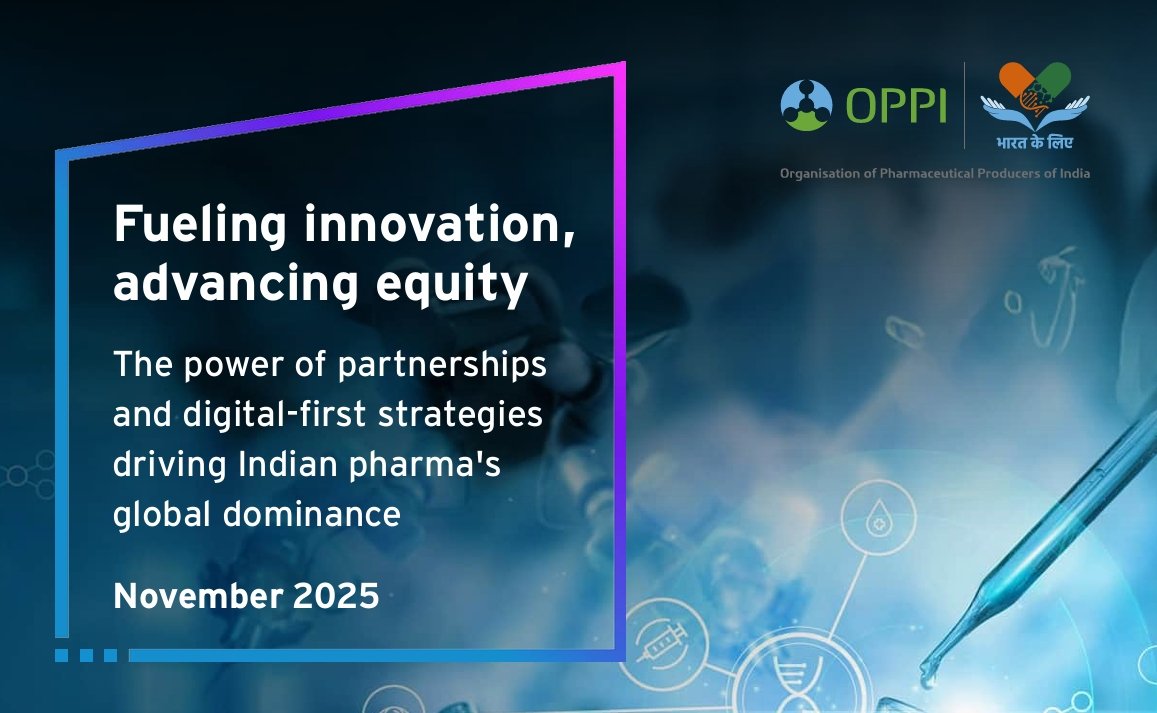Five top technologies advancing personalized health
May 09, 2019 | Thursday | Views
Rapidly advancing technologies are leading to an era of personalized health
image credit- fitgenes.com
Technology is increasing the control that individuals have over their health, giving patients and physicians earlier insights and innovative treatment options. Compass looks at five top technologies driving the personalized health trend, from 3D modeling of human physiology to innovation platforms that streamline research from concept to cure.
For generations, health care has been characterized by one-size-fits-all medicine. From prosthetics to drugs, treatments were designed to work for the largest possible population. Patients who fell outside the norm were out of luck.
Rapidly advancing technologies are changing that paradigm, however, leading to an era of “personalized health” – using a patient’s own biology, lifestyle and environment to anticipate illness, customize treatments and choose the best therapies to improve outcomes and minimize side effects.
“Technologies such as 3D printing, simulation and ‘digital twins,’ and artificial intelligence are at the forefront of the Precision Medicine revolution,” said Daniel R. Matlis, president of Axendia, an analyst firm focused on life science and health care trends and insights. “Leveraging integrated platforms, life sciences and health care companies are using these technologies to accelerate the delivery of next-generation products that are personalized, more precise and higher quality than ever before, resulting in improved patient outcomes.”
Five of the top trends advancing personalized health include:
3D MODELING
A cerebral aneurysm, a ruptured blood vessel in the brain, is a life-threatening medical condition. Although the rupture can be seen on an angiogram, surgeons don’t fully know what to expect until after the operation begins. That precarious situation is changing, however, thanks to innovations that create a computerized “digital twin” of human organs.
Biomodex, a French-American medtech company, uses software to convert medical imaging, including CT, MRI and Echo scans, into precise digital models. The software models the exact twists and turns of the patient’s blood vessels, then adds the patient’s biomechanical properties into the digital model so surgeons can accurately plan the operation.
In addition to converting scans into lifelike digital models, Biomodex 3D prints an exact replica of the aneurysm. By producing a custom, virtual model that captures the complexity of the patient’s own brain vessel, Biomodex helps the surgeon know exactly what to expect – and even practice the operation in advance.
“Our vision is to drive more decisions before the operation in a safe and replicable environment instead of doing this during the operation on the patient,” Biomodex CEO Thomas Marchand said. “It makes a big difference.”
The Biomodex offer is a major breakthrough. “Aggregation of digital twins with real-world evidence enables the evaluation of health care scenarios ranging from quantum mechanics to organ simulation to population health modeling that would be impossible to test in the real world,” he said.
The result is nothing short of revolutionary, said Sandra K. Rodriguez, market analyst at Axendia.
“The use of digital twins and virtual human models to support value-based care may sound like science fiction,” she said. “But companies like Biomodex are leveraging game-changing advancements in science and technology to turn them into science fact.”
3D PRINTING
3D printing is another breakthrough technology, enabling production of lightweight, affordable prosthetics customized to each patient’s need.
Easton LaChappelle is the founder and CEO of Unlimited Tomorrow, which specializes in an “ultra-realistic, 3D-printed robotic hand that can be used as a prosthetic.” The company provides families of people who need prostheses with portable 3D scanners, which capture a digitalized model of the remaining limb. Unlimited Tomorrow then uses the data to create a mirror-image prosthesis so accurate, it comes with freckles and paintable fingernails.
Paired with computerized sensors and controls, the limbs are capable of gestures such as gripping. Traditionally, such prosthetics have cost US$100,000 (€84,762) or more, putting them beyond the reach of many and making them impractical for fast-growing children. Thanks to the software’s ability to automate the creation of a custom-designed 3D model and then 3D-print a personalized limb, Unlimited Tomorrow’s prosthetics will be available at a starting price of about US$5,000 (€4,238).
ARTIFICIAL INTELLIGENCE
Artificial intelligence (AI) is another trend in personalized health care. Consultants Frost & Sullivan estimated the global AI market in health at US$633 million (€541.2 million) in 2014, but projects it will grow to US$6.6 billion (€5.64 billion) in 2021 – a compound annual growth rate of 40%.
Meta, a Canadian company, uses AI to read and understand the thousands of scientific papers issued each week, then analyzes them to provide researchers with insights.
British pharmaceutical firm GlaxoSmithKline (GSK), meanwhile, is using machine learning, a specialized form of AI, to develop medicines more quickly. With genetic information on 500,000 volunteers who donated their DNA to the UK Biobank, GSK is using AI to model and predict every gene’s effect on disease. Identifying patterns of gene settings in people with specific conditions will give GSK a roadmap to which genes to turn on or off, allowing it to design new treatments more quickly.
Karenann Terrell, who manages GSK’s digital, data and analytics strategies, predicts that machine learning will make it possible to reduce the development time of new drugs from about five years to around one year, according to the website AI Business.
“Axendia’s research shows that life science companies are drowning in meaningless data,” Matlis said. “The industry is obsessed with collecting, retaining and hoarding data to meet statutory and regulatory requirements. Unfortunately, most companies do not harness them.” As GSK is demonstrating, however, “AI tools can help distill value from these data to speed time-to-market while improving quality and patient outcomes.”
COMBINATION THERAPY
Sometimes, a drug works better when combined with other substances or is easier to take when delivered with a unique device or packaging, an approach known as combination therapy. For example, clinical trials show that treatments that combine aspirin, blood-pressure-lowering medication and a statin into a single pill reduce the risk factor for heart disease while increasing patients’ adherence to their dosing schedules. Combination therapies come in many forms, combining two or more drugs, biologics or medical devices to deliver a treatment.
INNOVATION PLATFORMS
Platforms are well known as a way to book a car-sharing service or download music, but they’re also speeding the development of many personalized health innovations. Cloud-based platforms, for example, work across disjointed legacy systems, eliminating information silos to accelerate problem-solving.
Because they can be accessed by authorized users from any internet-connected device with a simple web browser, cloud-based innovation platforms also enable collaboration throughout an organization and with multiple external partners.
In planning brain aneurysm surgeries, for example, it wasn’t enough for Biomodex to model the patient’s damaged brain artery. To guide the repair of the rupture, Biomodex also had to develop a way to convey how the artery actually worked with blood flowing through it.
Biomodex developed an algorithm, called Invivotech, which combines patient information, diagnostic data and physician input, all of which is automatically gathered, organized, analyzed and modeled on the company’s collaborative platform. The result: a 3D-printed model that mimics the in vivo mechanics of organic tissues in a matter of hours, not weeks or months.
“It’s the positive disruption of health care,” Matlis said. “Innovative technologies are enabling the Precision Medicine revolution, resulting in improved health outcomes for all of us.”
“This article is republished with permission from COMPASS, the 3DEXPERIENCE Magazine from Dassault Systèmes”










